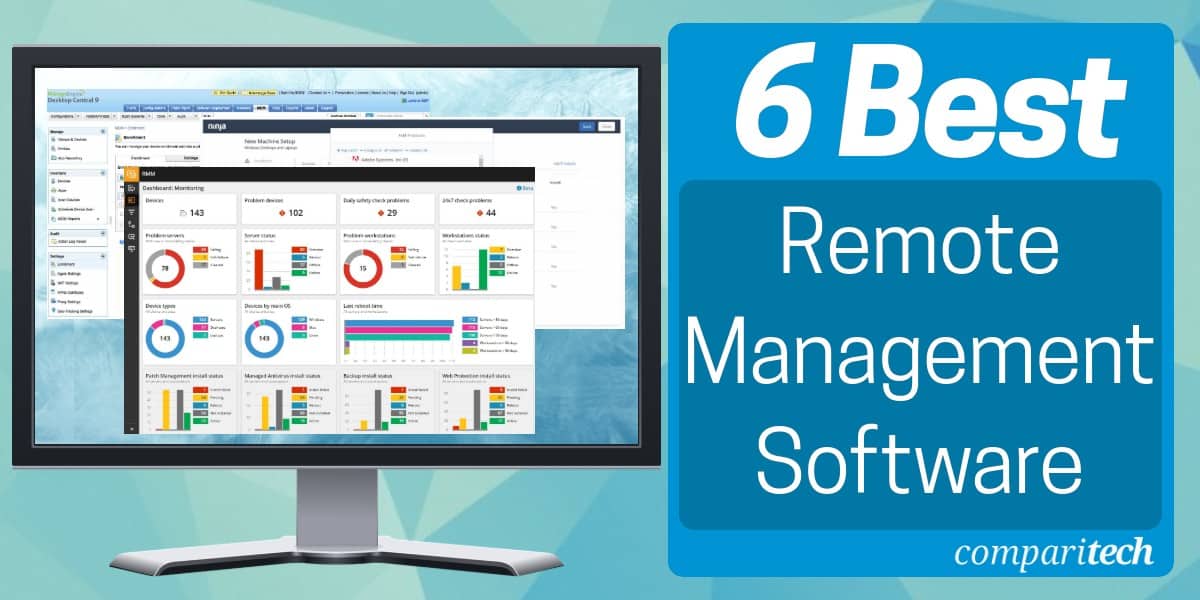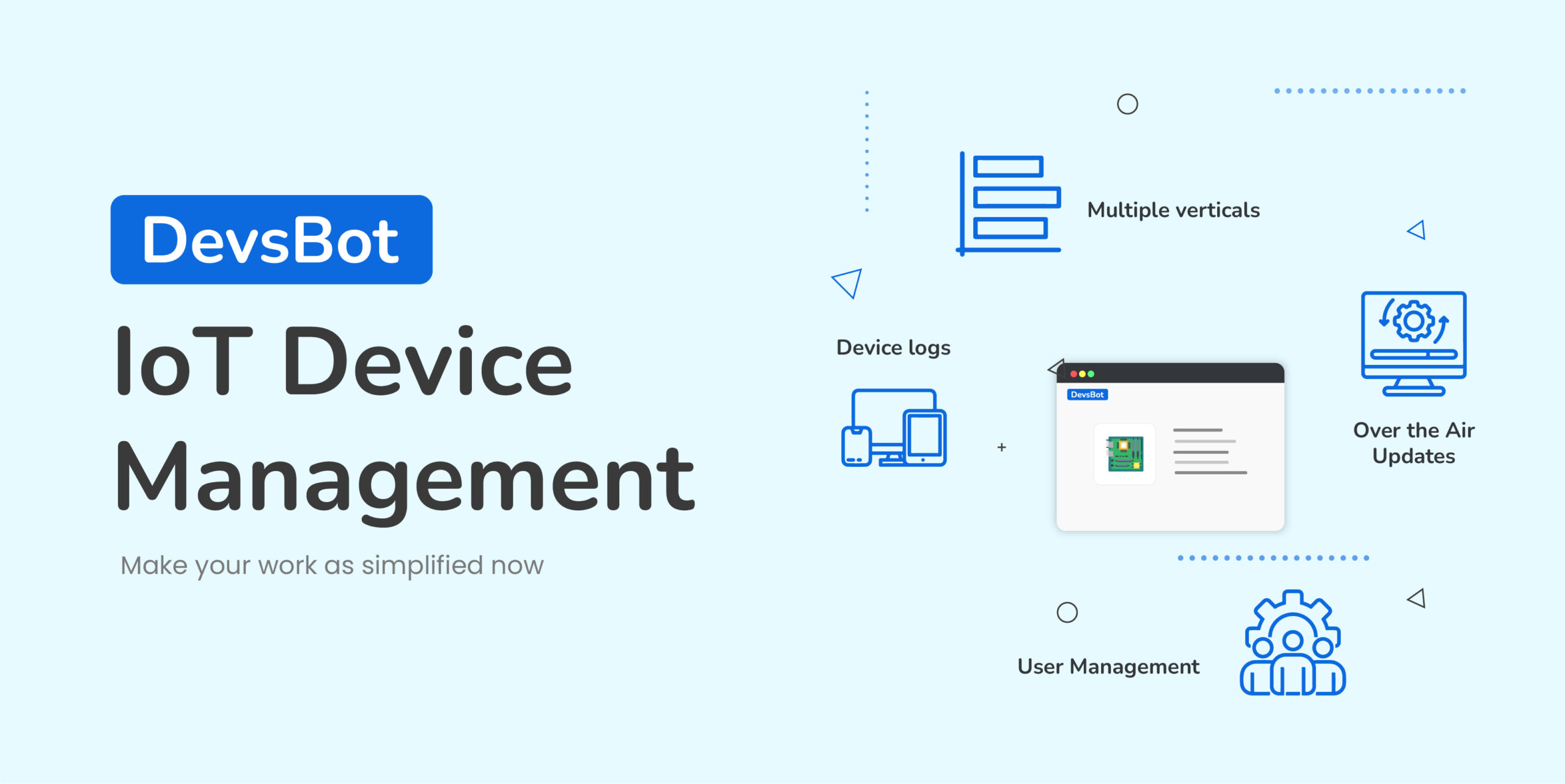Free IoT Device Management Software: The Ultimate Guide!
Are you struggling to keep up with the ever-expanding network of IoT devices in your organization? You absolutely need a robust IoT device management strategy, and the right software is the cornerstone of that strategy.
In today's hyper-connected world, the Internet of Things (IoT) has exploded, permeating every sector from manufacturing and healthcare to smart homes and transportation. This proliferation of devices, while offering unprecedented opportunities for data collection, automation, and efficiency gains, also presents a significant challenge: managing and maintaining these devices at scale. Enter IoT device management a critical discipline focused on overseeing the lifecycle of connected devices, ensuring their security, and maximizing their operational effectiveness.
| Category | Information |
|---|---|
| Concept | IoT Device Management |
| Definition | Processes for equipping, validating, configuring, monitoring, and analyzing connected devices in an IoT environment. |
| Key Benefits | Enhanced security, streamlined operations, reduced costs, and improved data insights. |
| Tools | Platforms that provide features such as device provisioning, remote monitoring, and firmware updates. |
| Reference | Gartner IT Glossary - IoT Device Management |
So, what exactly is IoT device management? It encompasses a range of activities, including device provisioning (the process of securely onboarding devices onto a network), configuration management (setting up and maintaining device parameters), remote monitoring (tracking device health and performance), software updates (applying security patches and new features), and security management (protecting devices from unauthorized access and cyber threats). Without effective IoT device management, organizations risk exposing their networks to vulnerabilities, experiencing device downtime, and struggling to extract value from their IoT deployments.
- Movierulz Movie Downloader Telugu Your Ultimate Guide To Downloading Telugu Movies
- Tamilblasters New Link 2024 Your Gateway To Tamil Cinema
Fortunately, a growing number of software solutions are available to help businesses manage their IoT devices. These platforms offer a centralized interface for monitoring device status, pushing software updates, configuring device settings, and enforcing security policies. The best solutions also provide advanced features such as predictive maintenance, anomaly detection, and remote troubleshooting.
The benefits of implementing a robust IoT device management strategy are numerous. First and foremost, it enhances security. By providing a centralized view of all connected devices, organizations can quickly identify and respond to potential security threats. IoT device management platforms also enable administrators to enforce strong authentication and authorization policies, reducing the risk of unauthorized access.
Secondly, effective IoT device management streamlines operations. By automating tasks such as device provisioning and software updates, organizations can free up IT staff to focus on more strategic initiatives. Remote monitoring capabilities also allow administrators to proactively identify and resolve device issues before they impact operations.
- Bolly4u Link Your Gateway To Bollywood Entertainment
- Hdhub4u Tv Mkv Download Your Ultimate Guide To Highquality Movies
Thirdly, it can lead to significant cost savings. By reducing device downtime and optimizing device performance, organizations can minimize operational expenses. Predictive maintenance capabilities can also help to prevent costly equipment failures.
Finally, IoT device management facilitates better data insights. By collecting and analyzing data from connected devices, organizations can gain valuable insights into their operations, identify areas for improvement, and make more informed decisions.
When selecting an IoT device management solution, it's important to consider the specific needs of your organization. Factors to consider include the number of devices you need to manage, the types of devices you're using, your security requirements, and your budget.
For organizations looking to minimize upfront costs, several free IoT device management software options are available. While these solutions may not offer all the features of their paid counterparts, they can be a good starting point for organizations that are just beginning their IoT journey.
One popular option is an open-source IoT device management platform tailored for manufacturers and system integrators. It boasts features like auto-provisioning and white labeling, allowing for customization and branding. It includes components like a Thinx API server, device API, Docker container, and management console, facilitating remote device management.
Another aspect to consider is the ability to combine remote control functionalities with monitoring capabilities. This allows for a comprehensive approach, enabling users to not only observe device performance but also to actively intervene when necessary. A single dashboard offering a complete overview of all IoT devices is invaluable for efficient management.
The ability to remotely monitor CPU, memory, and network usage, receive alerts based on monitored IoT data, and run batch jobs on devices is also crucial. These features provide a deeper understanding of device performance and enable proactive maintenance.
Free IoT software provides an accessible entry point for businesses and developers to explore the benefits of IoT without incurring substantial costs. It offers an opportunity to experiment and learn before committing to a paid solution.
IoT device management software is essential for businesses to monitor, control, and maintain their IoT devices within a network. These tools empower organizations to efficiently manage a diverse range of IoT devices, from smart sensors and wearables to industrial machines. Key features include device provisioning and configuration, streamlining the onboarding and setup process.
The market offers a range of free IoT device management software options. Tools are available to explore and compare these solutions, allowing users to filter results based on user ratings, pricing, features, platform, region, support, and other relevant criteria. This enables organizations to find the best fit for their specific needs.
Integration with other platforms is also important. For instance, integrating AWS IoT Device Management with FreeRTOS allows users to update devices remotely. It also integrates with AWS IoT Core for secure authentication, authorization, and registration of devices.
Several platforms have high user ratings, such as one with 4.3 out of 5.0 stars based on 10+ reviews on Capterra, or another scoring 5.0 out of 5.0 stars based on 2 reviews. AWS IoT Device Management also offers pricing options to consider.
In today's interconnected world, free remote IoT device management software has become a critical solution for businesses of all sizes. This software allows for remote access, requiring the installation of necessary components on both the device and the IoT system.
Testing the setup is crucial once everything is in place to ensure that remote access functions smoothly. Removing remote device management typically involves unenrolling the device from the management system via device settings or the management software. This process usually requires administrator or user credentials, such as a password, to authorize the removal.
Platforms are also available to simplify Linux and IoT device management, providing centralized remote management of devices. These platforms often support multiple device management protocols, ensuring compatibility with a wide range of devices.
Some companies offer both remote device monitoring software and specific IoT device management solutions, catering to diverse needs. This allows for the management of a broad spectrum of IoT devices, including industrial equipment, AV systems, and security systems.
Comprehensive IoT device management applications, such as the Digi Remote Manager, enable secure asset deployment, monitoring, and control. Adding devices to the Digi Remote Manager allows for managing them individually or in groups, providing flexibility and scalability.
When evaluating mobile device management software, factors such as the option to set up a fleet of devices in bulk, device blocking and wiping functions, and specific options for IoT device management are considered. OpenBalena is one such platform designed to deploy and manage connected devices.
Devices running BalenaOS, a host operating system designed for running containers on IoT devices, are managed via the Balena CLI. This CLI allows for configuring application containers, pushing updates, checking status, and viewing logs.
Solutions like Rapid offer the ability to quickly install the latest security patches, update new features, and fix bugs, ensuring devices are secure and up-to-date. The commands feature allows for defining custom payloads in any format as reusable AWS resources for recurrent tasks.
JFrog Connect, part of the JFrog platform, simplifies and secures the entire IoT development lifecycle. It manages and secures the software supply chain from developer to device, providing a single point of control.
IoT device management involves organizing, configuring, and maintaining IoT devices, enabling remote management of processes and paving the way for remote IoT management systems. This remote management is crucial to ensure that all IoT devices are working seamlessly and that any issues are detected and resolved promptly.
IoT device management platforms enable users to track, monitor, and manage physical IoT devices. These tools often allow users to push software and firmware updates to devices remotely, ensuring they are always running the latest versions.
Furthermore, IoT device management platforms provide permissions and security capabilities to protect each device from vulnerabilities. This is achieved through processes that include equipping, validating, configuring, monitoring, and analyzing the connected devices in an IoT environment, all with the objective of giving and supporting their functional abilities.
An effective and secure IoT device strategy brings with it a host of benefits when you use free remote IoT device management software. Several key benefits include reduced cost and ability to manage device
- Explore Camilla Araujos Content Videos Photos On Erome
- Movierulz Ibomma Telugu Movies New 2023 Your Ultimate Guide To Streaming Blockbusters

Free RemoteIoT Management Software Empowering Businesses With Advanced
Best Remote IoT Device Management Platform Examples Your Ultimate Guide

Top Picks For The Best Remote IoT Device Management Platform In 2023